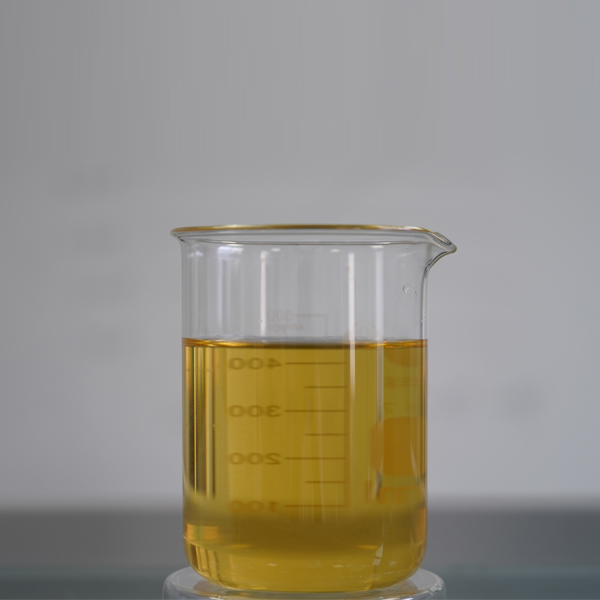
News
Dez . 10, 2024 07:24 Back to list
custom micronutrients in soil for plants
Custom Micronutrients in Soil for Plants
The health and vitality of plants are fundamentally intertwined with the nutrients available in the soil. While macronutrients like nitrogen, phosphorus, and potassium often dominate discussions surrounding plant nutrition, micronutrients play an equally critical role in plant growth and development. In this article, we will explore the importance of custom micronutrients in soil for plants and how they contribute to optimal agricultural practices.
Understanding Micronutrients
Micronutrients are essential elements that plants need in small amounts for various physiological functions. These include iron, manganese, zinc, copper, molybdenum, boron, and chlorine. Although required in minute quantities, the absence of these micronutrients can lead to significant physiological disorders, reduce crop yields, and deteriorate crop quality. For instance, iron is crucial for chlorophyll synthesis, while zinc is vital for enzymatic reactions.
The Role of Soil in Micronutrient Availability
The soil acts as a reservoir for nutrients, but the availability of micronutrients can be affected by various factors such as pH, organic matter content, and the presence of competing ions. For example, in alkaline soils, the availability of iron and manganese may be limited, leading to deficiency symptoms in plants such as chlorosis. Conversely, acidic soils can lead to excess solubility of certain micronutrients, potentially resulting in toxic levels.
Customizing Micronutrient Applications
Given the variability in soil types and agricultural systems, a one-size-fits-all approach to micronutrient application is often ineffective. Customizing micronutrient supplies based on soil tests allows farmers to target specific deficiencies and tailor their fertilization strategies to meet the unique needs of their crops. This approach enhances nutrient use efficiency, reduces waste, and minimizes environmental impacts.
1. Soil Testing Conducting comprehensive soil tests is the first step in identifying micronutrient deficiencies. These tests provide crucial information about the current nutrient levels, soil pH, and organic matter content, enabling farmers to make informed decisions regarding nutrient applications.
custom micronutrients in soil for plants

2. Formulation and Application Once deficiencies are identified, farmers can use a variety of methods for applying custom micronutrients. These may include foliar sprays, soil amendments, and even fertigation systems, where nutrient solutions are applied through irrigation systems. Each method has its advantages and is chosen based on factors like crop type, growth stage, and specific nutrient needs.
3. Monitoring and Adjusting Custom micronutrient application is an ongoing process. Regular monitoring of plant health and soil conditions post-application is essential for assessing the effectiveness of the interventions. Adjustments can be made as necessary to ensure that plants receive the required nutrients throughout their growth cycle.
Benefits of Custom Micronutrient Management
Implementing a custom approach to micronutrient management in agriculture leads to numerous benefits
- Enhanced Crop Performance Tailoring micronutrient applications to meet specific crop needs improves plant health and resilience, increasing overall yields and quality.
- Reduced Environmental Impact Over-application of nutrients can lead to environmental issues such as nutrient runoff and soil degradation. By carefully customizing nutrient applications, farmers can minimize these negative impacts.
- Economic Efficiency Efficient use of fertilizers reduces costs associated with over-fertilization and enhances the profitability of farming operations. This is especially important in today’s competitive agricultural landscape.
Conclusion
Custom micronutrient management is a vital component of sustainable agriculture. By understanding the specific nutrient needs of crops and the roles that micronutrients play in plant health, farmers can develop tailored strategies that maximize yield, quality, and environmental stewardship. In an era of increasing challenges in food production, the integration of customized micronutrient applications into farming practices represents a promising avenue for enhancing agricultural sustainability and resilience. Through continuous research and advancements in soil science, the world of agriculture can ensure that crops thrive, ultimately leading to a healthier and more productive ecosystem.
-
Polyaspartic Acid Salts in Agricultural Fertilizers: A Sustainable Solution
NewsJul.21,2025
-
OEM Chelating Agent Preservative Supplier & Manufacturer High-Quality Customized Solutions
NewsJul.08,2025
-
OEM Potassium Chelating Agent Manufacturer - Custom Potassium Oxalate & Citrate Solutions
NewsJul.08,2025
-
OEM Pentasodium DTPA Chelating Agent Supplier & Manufacturer High Purity & Cost-Effective Solutions
NewsJul.08,2025
-
High-Efficiency Chelated Trace Elements Fertilizer Bulk Supplier & Manufacturer Quotes
NewsJul.07,2025
-
High Quality K Formation for a Chelating Agent – Reliable Manufacturer & Supplier
NewsJul.07,2025
